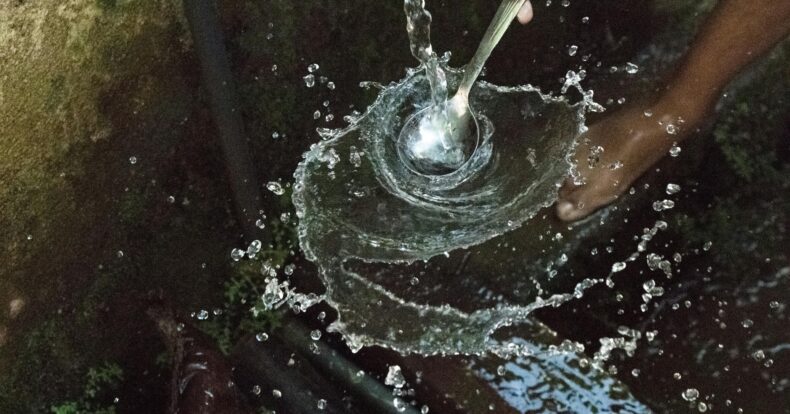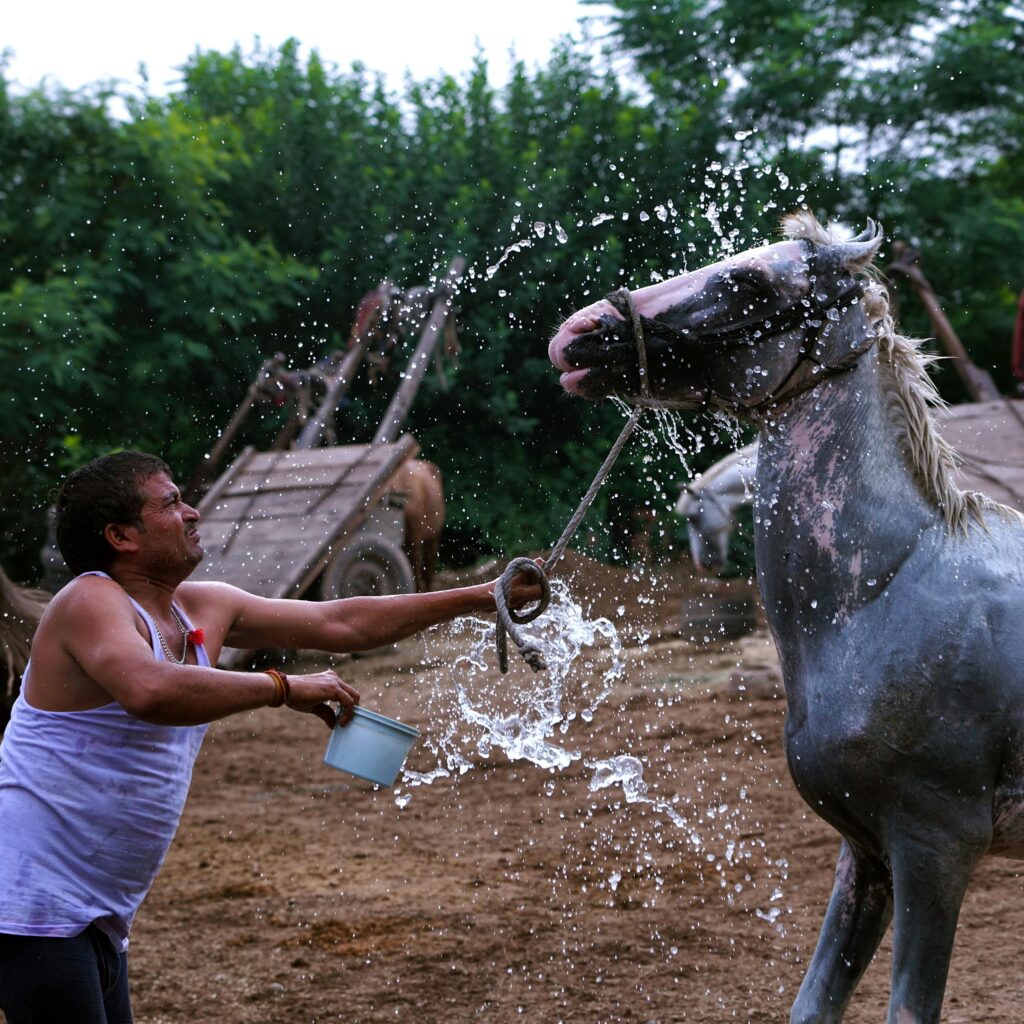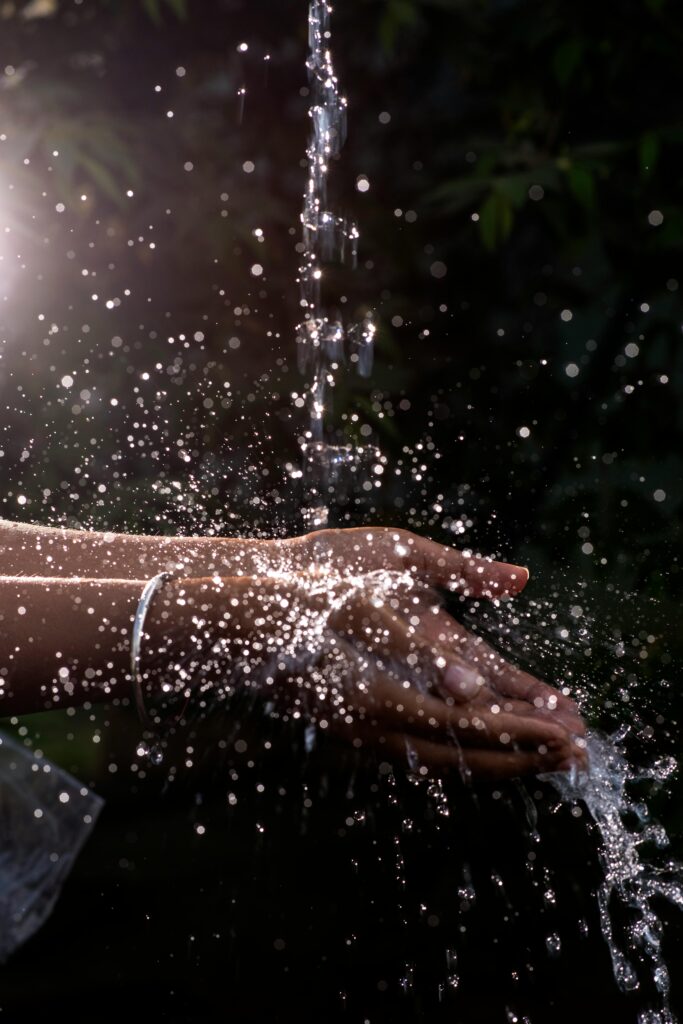Invisible Challenges, Essential Water: How is the water quality in Costa Rica?

Water Quality
Costa Rica’s Waters: An Analysis of their Quality and Availability
In a world where access to potable water is increasingly precarious, Costa Rica emerges as a bright example. But behind the apparent abundance, however, lies a complex web of challenges and risks that threaten the quality of the vital resource. The question that arises is obvious: How is the quality of water in Costa Rica?
Access & Privilege
The phrase “every drop counts” takes on a profound meaning in these times when access to clean water is a rare privilege. Turning on the tap and finding clean, accessible water is a luxury that not everyone enjoys. This is a luxury that not everyone enjoys. In Costa Rica, however, 91.2% of the population has access to quality, safe, potable water. Only a few countries can match this achievement.
Despite progress, crucial challenges remain. Education and sanitation are two fundamental pillars that require urgent attention. Dr. Darner Mora, director of the National Water Laboratory of Aqueducts and Sewers (AyA), stresses that the weakness lies in the lack of awareness of the importance of sanitation and hygiene.
Aqueducts treated by conventional methods (flocculation and chemical coagulation, decantation and filtration), which include disinfection, are supplied from surface sources and
Status of Coverage and Quality of Water for Human Consumption in Costa Rica
those aqueducts in which disinfection is the only treatment are supplied from subway sources, generally of very good quality. The potability and non-potability of the aqueducts, according to the LNA/AyA study, was based on compliance or non-compliance
with the regulations of the “Drinking Water Quality Regulations” and the LNA’s own criteria
measured through sampling and microbiological and physical-chemical analyses in the water sources, storage tanks and distribution networks of each aqueduct in the national territory, carried out in campaigns distributed by region.



Public Health Determinants
Drinking water quality is an essential component of public health. However, Costa Rica has lagged behind in sanitation, relying on septic tanks for approximately 74% of the population. This approach, while not necessarily negative, requires rigorous monitoring to avoid contamination of rivers and seas.
The AyA, as the governing and executing agency in water matters, plays a crucial role. Through programs such as the Ecological Blue Flag and the Sanitary Quality Seal, it promotes the surveillance and protection of water resources. But there is still much to be done in terms of education and awareness-raising.
Challenges ahead
Although Costa Rica excels in water potability, sanitation and hygiene are areas of concern. Lack of infrastructure and a shortage of wastewater treatment pose risks to public health. The future availability of the resource is also threatened by climate change and deforestation.
Regardless, water quality in Costa Rica is a national treasure that requires protection and preservation. Even though achievements have been made, challenges persist and demand concerted action by government, civil society and international agencies. Ensuring access to clean water, promoting sanitation and fostering education are crucial steps towards a sustainable and prosperous future. Ultimately, caring for and preserving water is not only a responsibility, but a moral imperative for present and future generations.
Sensorial Sunsets
Navigate articles




